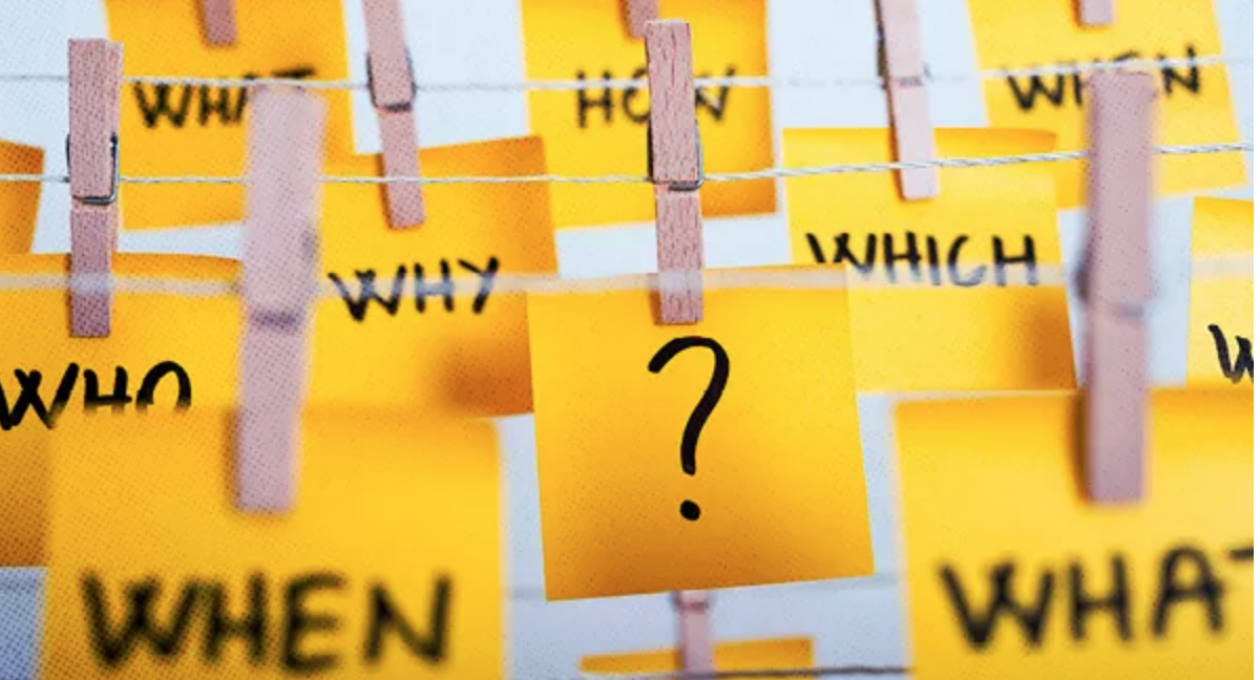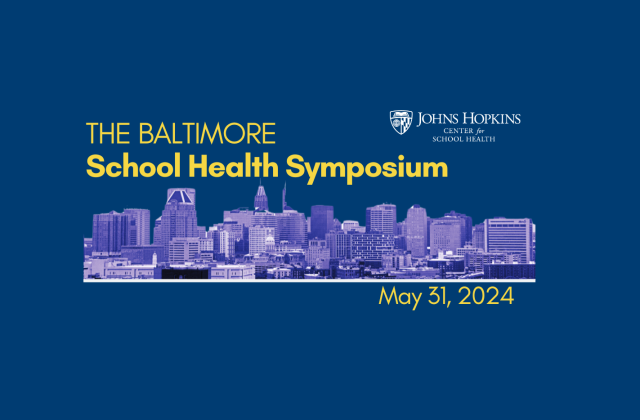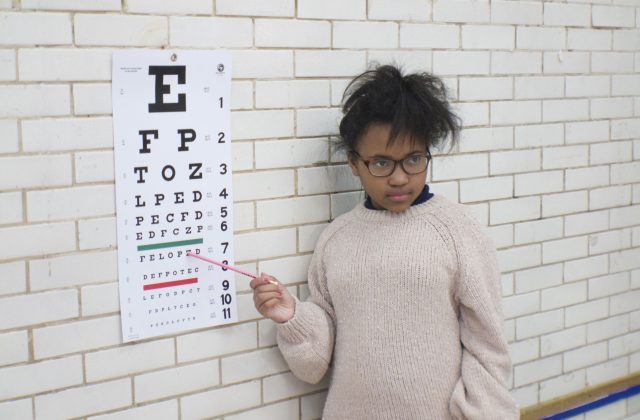Let’s Be Honest About the Ethical Trade-Offs of Reopening Schools
By Ruth Faden and Megan E. Collins on 5/08/2020
PUBLISHED IN EDUCATION WEEKLY
There’s more to reopening than just deciding when to do it
When to reopen schools is one the most pressing decisions facing political leaders. All children are being harmed by school closures, children of poverty most of all. The burdens being imposed on children are particularly ethically unsettling because protecting children’s health is not the main reason schools are closed. School age children rarely die or become seriously ill from COVID-19. Children are being denied all the benefits of being at school to protect the rest of us, particularly those adults at greatest risk.
The biggest ethical challenge for political decisionmakers is determining when the balance between the interests of children and the interests of the rest of us tips in favor of children. Factored into this moral calculus is the additional argument that school reopening is integral to economic reopening; many parents need the child care that schools provide in order to return to their stores, offices, and factories.
“Should teachers who are high-risk be given a choice whether to return to work or work remotely?”
This big-picture tradeoff decision of when to reopen schools does not, however, exhaust what is ethically at stake. There are also difficult decisions about how. At least two other ethics issues need to be resolved: Should teachers and other school employees be given a choice about returning to work? Should parents be given a choice about whether to send their children back to school?
Medical experts agree that COVID-19 will still be with us in the fall, and a vaccine will not. It is likely that people who are at higher risk will be advised to continue to stay at home, even as most return to work. What should schools do about teachers who fall into this high-risk category? Should teachers who are high-risk be given a choice whether to return to work or work remotely, and should this choice be with or without salary or guaranteed rehiring?
Currently, about 475,000 teachers in grades 1-12 are over the age of 61—more than a tenth of the total workforce. And that’s not counting the many younger teachers who have high-risk health conditions or are pregnant. Even in the absence of choice, some high-risk teachers may decide to retire or quit. Given current teacher shortages in many parts of the country, a sudden drop in the teaching workforce could be catastrophic, especially as the economic fallout from the pandemic threatens mass layoffs. What about all the other school staff, for example, in sanitation and food service, that are essential to the running of schools? Some of them are surely going to be high-risk as well.
And what of parents—should they be given a choice about sending their children back to school? Some parents may reject the risk calculus made by government and believe their children are safer at home. Parents of medically high-risk children, for example, may feel they have no choice but to do so.
Still other caretakers may be concerned about risks to other family members. About 10 percent of all children live with grandparents; they are more likely to be children of color, often from high-poverty communities. The legal option of home schooling is a poor fit for the pandemic. For many parents, there will be no meaningful choice unless schools continue to provide home-based instruction, however limited. Is this a choice parents should be given?
Complicating the answers to these ethically complex questions is another as yet unsettled issue: Should schools institute social distancing practices as a condition of reopening? For example, reducing classroom size by dividing children into two groups who could attend school on alternate days or for half of each day. If this happens, once again, children of poverty and their families will be hardest hit, adding to the background structural injustices that this pandemic has already exacerbated. Also, much of the child-care benefit of school reopening to the economy will go out the window.
Deciding when and how to reopen schools entails trading off the needs and interests of different groups of people. A first step is being explicit about these trade-offs and laying bare what is ethically at stake in each.
Ruth Faden is the founder of the Johns Hopkins Berman Institute of Bioethics. Megan Collins is an assistant professor of ophthalmology at Johns Hopkins Wilmer Eye Institute, an associate faculty at the Berman Institute, and the co-director of the Hopkins Consortium for School-Based Health Solutions. They are both a part of the Johns Hopkins University eSchool+ initiative, a cross-disciplinary collaboration formed in response to COVID-19.


